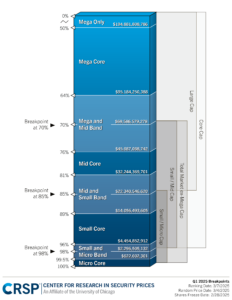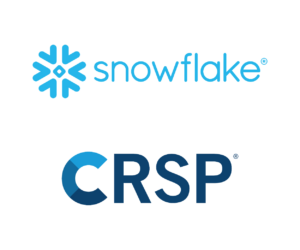
CRSP Market Indexes Breakpoints for Q1 2025
CRSP Market Indexes (CRSPMI) announces the market cap breakpoints and effective ranking dates for its March 2025 quarterly index rebalancing. To view the full chart, click here.





CRSP offers research-quality financial and economic data to academic, commercial and government institutions whose research and publications must withstand rigorous analysis for accuracy.
CRSP Market Indexes blend advancements in academic research with industry practice, reflecting the way money managers actually invest.

CRSP Market Indexes (CRSPMI) announces the market cap breakpoints and effective ranking dates for its March 2025 quarterly index rebalancing. To view the full chart, click here.

CRSP is excited to announce our collaboration with OptionMetrics, a leader in options data and analytics. This agreement enhances academic research by providing seamless integration of CRSP U.S. equities data with OptionMetrics options data, offering new possibilities for comprehensive market analysis.

CRSP US Total Market Index includes most of the new IPOs within five trading days of listing. This new report looks at the trends in IPOs and their impact on CRSP Market Indexes.
©2025 CENTER FOR RESEARCH IN SECURITY PRICES, LLC. ALL RIGHTS RESERVED.